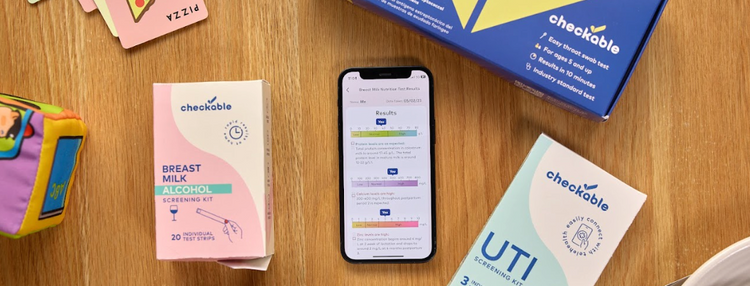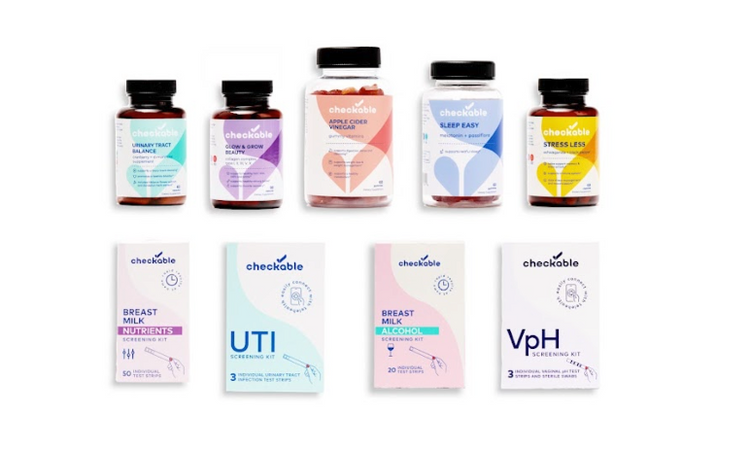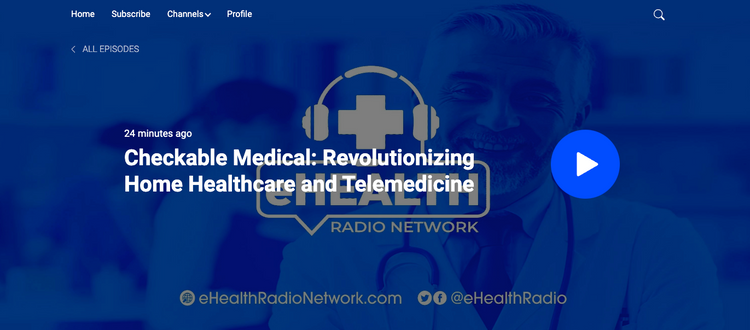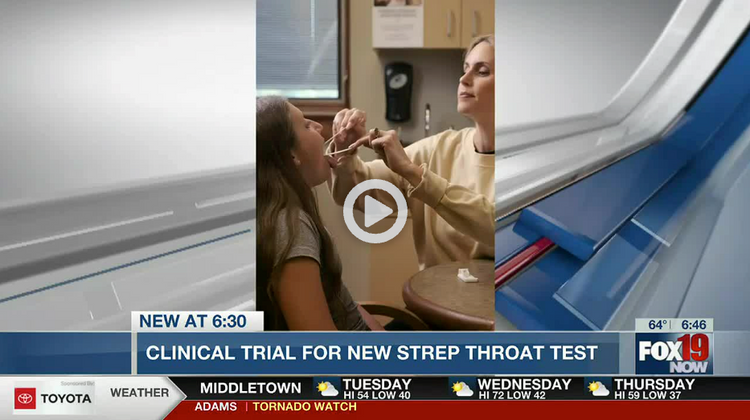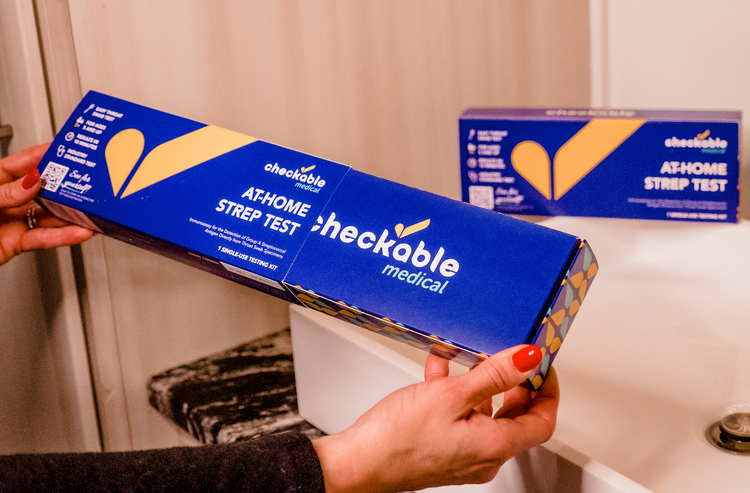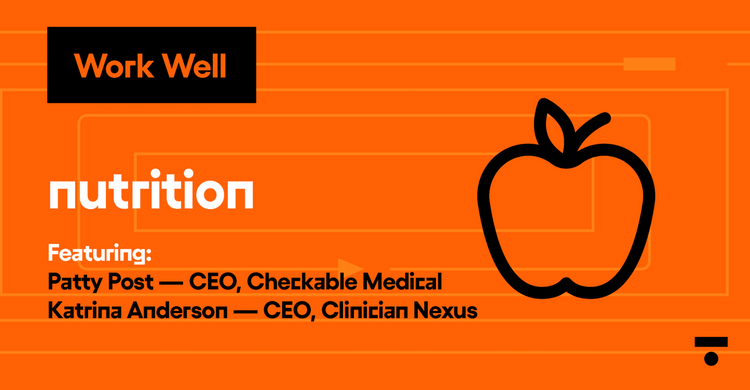
A sore throat is one of the most commonly acquired symptoms of various illnesses. Sore throat is mainly caused by viruses like Respiratory Syncytial Virus (RSV), Adenovirus, Coronavirus, Epstein-Barr virus, or even just dry air and allergies. However, sore throats are also caused by bacteria, the most common among them is group A β-hemolytic streptococcus bacteria (or GAS), in this case, known as strep throat.
It's important to distinguish between viral and bacterial causes of sore throat. Although viruses cause most cases worldwide, the disease is less harmful and can resolve without any medication. On the other hand, strep throat infections cause only about a quarter of all sore throat cases. If left untreated, strep throat can lead to serious complications like bacteremia (bacteria circulating in the blood), sepsis, kidney damage, and Rheumatic heart disease.
Infectious mononucleosis is a viral infection caused by the Epstein-Barr virus. It's estimated that it infects over 90% of adults worldwide. However, only 66% of children get infected. Most infectious mononucleosis infections are asymptomatic, although about a quarter of those infected will suffer from sore throat symptoms and lymphadenopathy, which is an enlargement of lymph nodes.
An infectious mononucleosis (mono) infection is generally self-limiting, which means that it can resolve independently without medication. However, it can cause serious and sometimes fatal complications like inflammation of the pancreas, heart, or brain. Infectious mononucleosis and strep throat symptoms can be similar, and distinguishing between these two infections is crucial. While infectious mononucleosis is primarily a self-limiting disease, strep throat is a bacterial infection that requires treatment with oral antibiotics, or dangerous complications can arise.
Common Symptoms of Strep Throat Include:
- Sore throat (usually first symptom)
- Pain when swallowing
- Fever
- Red and swollen tonsils with white spots (pus)
- Tiny, red spots called petechiae on the roof of the mouth
- Swollen glands and lymph nodes in the front of the neck
- Fatigue
Other symptoms may include a headache, stomach pain, or nausea. Some people may also develop a rash with strep throat, which is known as scarlet fever.
Common Symptoms of Mono Include:
- Extreme fatigue
- Fever
- Sore throat
- Head and body aches
- Swollen lymph nodes in the neck and armpits
- Swollen liver or spleen or both
- Rash
The CDC also notes that most people with Mono get better in two to four weeks; however, some people may feel fatigued for several more weeks. Occasionally, the symptoms of infectious mononucleosis can last for six months or longer. Strep should never last that long.
Despite the similarities, the overall picture of the symptoms may give clues as to whether it’s a strep throat infection or infectious mononucleosis. In addition to a sore throat, strep throat is characterized by headache, myalgia (muscular pain), and malaise (general fatigue). On the other hand, infectious mononucleosis has a characteristic enlargement of the lymph nodes.
Other than looking at the symptoms, one can distinguish a strep throat infection from an infectious mononucleosis infection by using laboratory tests like rapid antigen detection tests (or RADTs for short). RADTs are used to diagnose Strep throat and can give results within 10 minutes. In case there are no RADTs or other testing measures, researchers have developed an index to distinguish between strep throat and infectious mononucleosis.
This index is called the infection discrimination index (IDI) and uses a simple blood test called complete blood count (CBC). The theory of this index is based on the fact that specific immune-system cells increase with a strep throat infection, while other types of cells increase with infectious mononucleosis. This index can help distinguish between Strep throat and infectious mononucleosis due to its accuracy, practicality, safety, and relatively low cost. But if RADTs are available, they remain the best option for an accurate diagnosis.
Life is too short to sit in a doctor’s office
Sign up for our weekly newsletter and get valuable healthcare tips and tricks in your inbox!
Sign up now and unsubscribe anytime.
- Choosing a selection results in a full page refresh.
- Press the space key then arrow keys to make a selection.





















































